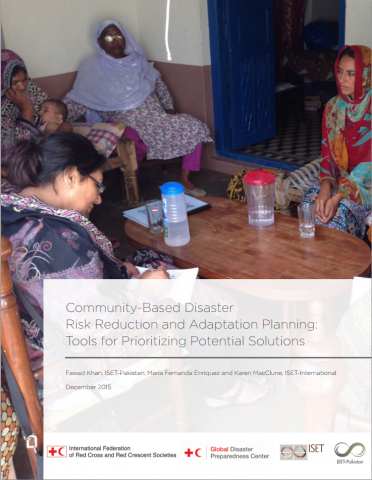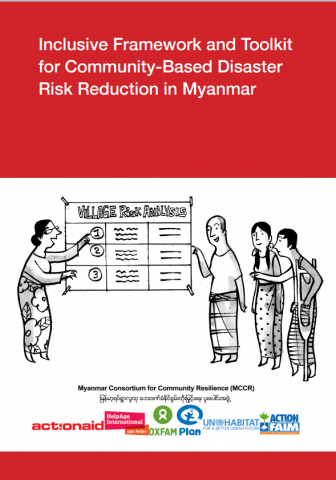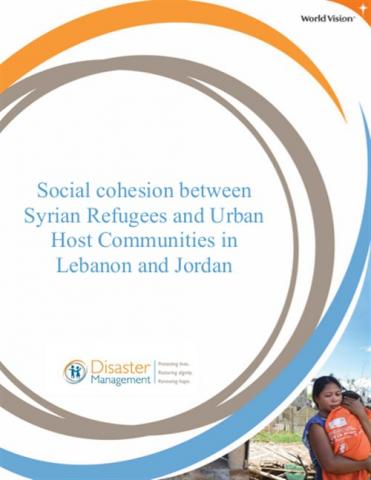Strategic targeting methodology: community selection manual
These guidelines have been developed for disaster risk management specialists, programme managers and technical staff to facilitate the selection of the most vulnerable communities in a country. The methodology described ensures a transparent, consistent and documented process that reduces external influences and power dynamics in the decision-making that leads to the selection of communities for […]
Strategic targeting methodology: community selection manual Read More »



